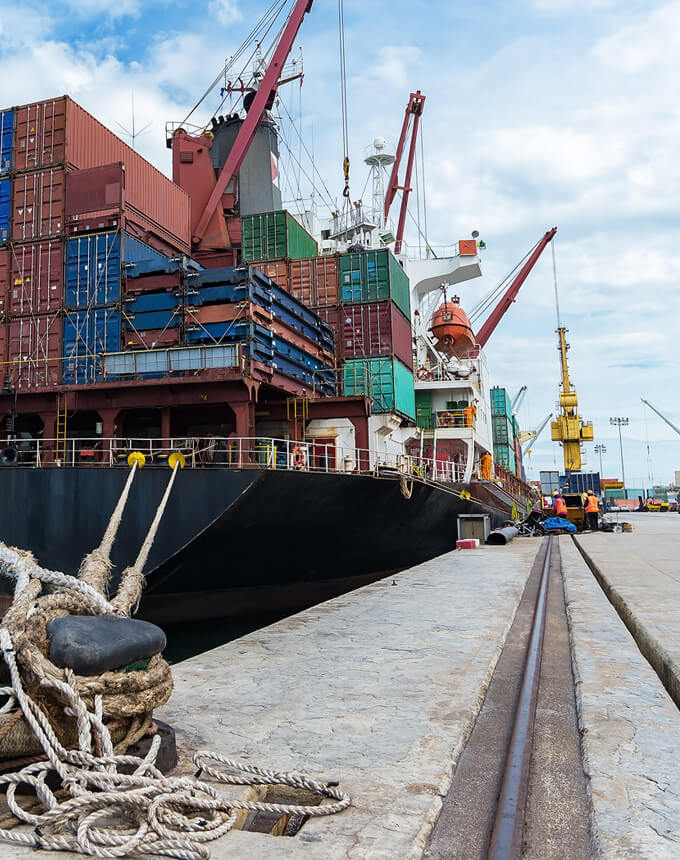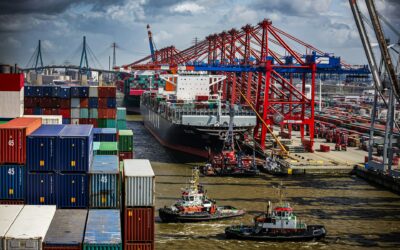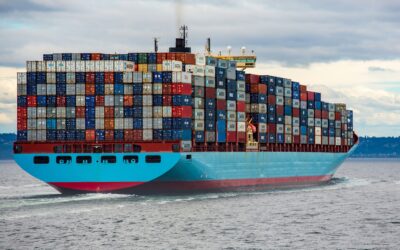Four Tips for Running a Better International Freight RFP
Navigating an International Freight RFP can be a complex and time-consuming process, yet the significance of securing the best rates and services for your business can’t be overstated. If you’re based in Australia and looking to refine your RFP process, here are four essential tips:
Develop a comprehensive template that accounts for all fees.
Beware of forwarders offering seemingly appealing rates; the fine print may conceal additional costs. Ensure your RFP template includes line items for all potential fees, such as:
Documentation fees
Admin fees
Equipment dehire fee
Vehicle booking fee
Tolls
D/O fees
Customs clearance fees
Storage fees
LO/LO
Insurance fees
Fuel surcharges
Currency adjustment fees

Be clear on your pricing terms.
When reviewing proposals from different forwarders, it’s important to make well-informed comparisons. Ensure that rates are quoted on consistent terms. You should pose the following questions in your RFP:
Are the rates binding?
Are there any additional fees that may be applicable at the invoice stage?
How do carrier GRI or BAF fluctuations impact the rates?
Are the rates conditional on a minimum shipment volume or specifications?
What rate structures are available?
Evaluate forwarder software capabilities.
In the digital age, selecting a forwarder with an advanced software platform is pivotal. It provides visibility into your shipments and enhances supply chain management. Your RFP should include the following queries:
What visibility do you provide for tracking shipments, containers, and SKUs in transit?
Is your platform real-time searchable from a single search bar, across all data fields, by keyword?
What reporting and analytics capabilities does your platform offer?
Can your platform reconcile invoices against quotes and shipment activity?
Are API and EDI integrations supported within your platform?
Does your platform facilitate seamless communication and collaboration between my team and your organisation?
Does your platform have an exception management view?
How will your platform scale with my company's needs?
How many unique user logins can I associate to my account? What user permissions can I control?
Describe your ocean carrier management system.
Detail your approach to data security.
Validate customer service standards and KPIs.
Your relationship with your forwarder will be as much about service as it is about pricing. Be sure to include the following questions in your RFP to get a sense of the forwarder’s customer service standards:
Do you conduct third-party-administered Net Promoter Score (NPS) surveys? If so, what is your score?
How are your operations teams structured?
Who will be assigned to my account? Who will be responsible for managing my shipments?
Will I have a single point of contact for all services globally?
Is your software platform uniform across all offices?
Do you operate on a global P&L or is it office specific?
By following these tips, you can run a better International Freight RFP and get the best possible rates and services for your business.
For further insights, feel free to reach out to Saving Point’s experts at:




